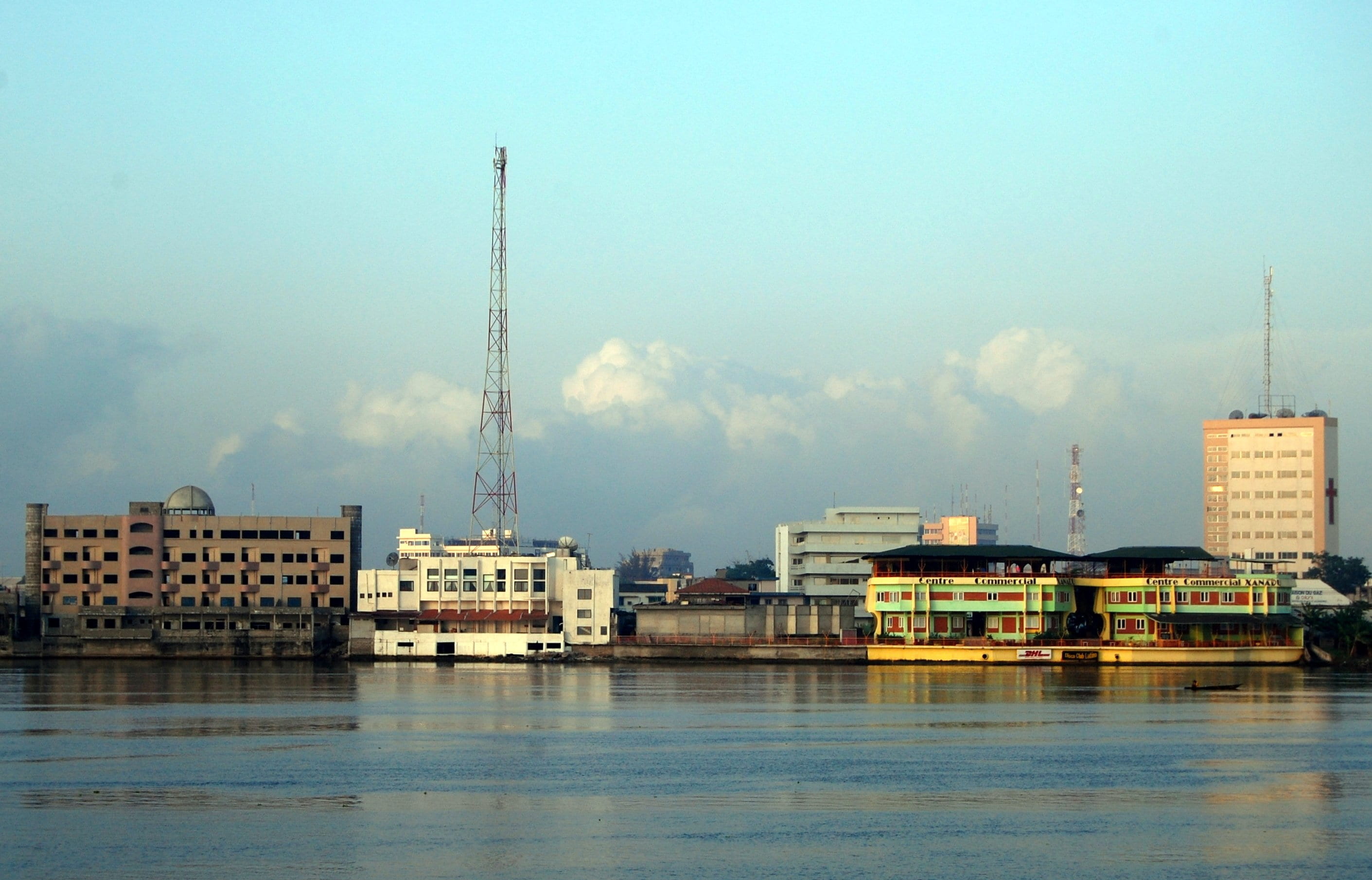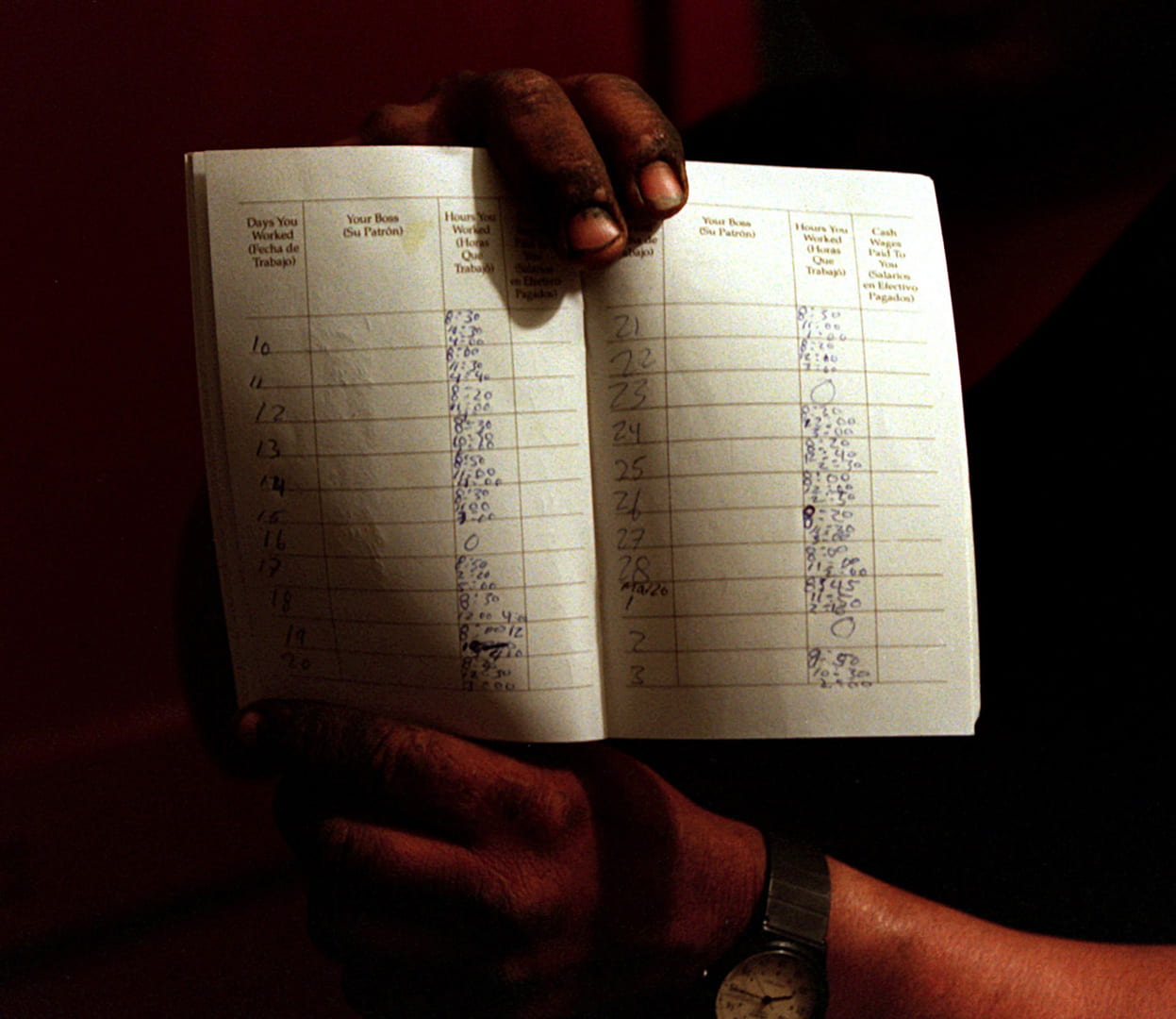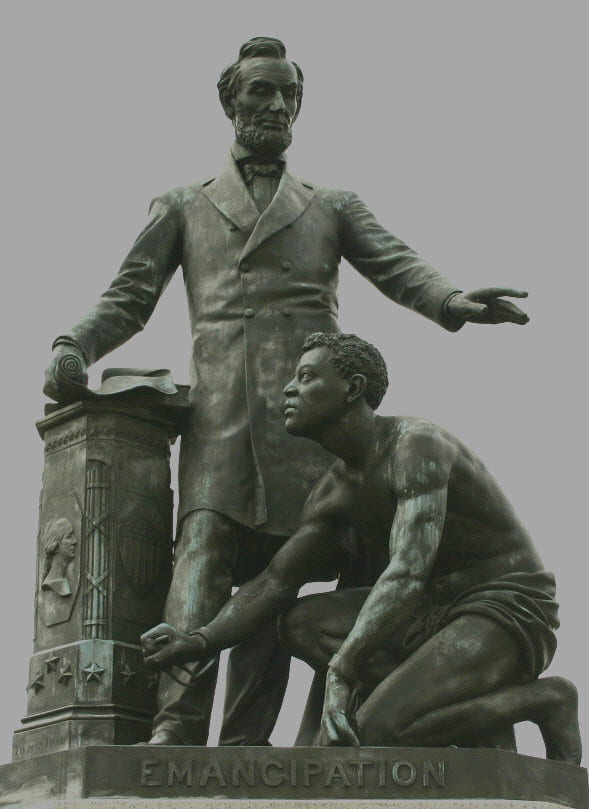The normative value of universal human rights is constantly scrutinized both within the academy and in the field alike, as has been previously featured on the Institute for Human Rights Blog. Universal human rights, codified in international documents such as the Universal Declaration of Human Rights and the Convention of the Rights of the Child, are writ large by a group of representatives operating at the international level and are ideally enjoyed by everyday citizens on the societal level. Human rights are both universally created and culturally applied. Problems arise when specific, codified human rights directly contradict cultural norms of a particular society. Examples of this contradiction include female genital cutting, the right to return of refugees, and international tourism. The underlying tension is this: how can the local / global communities reconcile cultural beliefs with universal norms? Can human rights activists and scholars find a third way- marrying the universal with the particular? To evolve the conversation surrounding these issues, this blog uses the incidence of human trafficking in Benin to illustrate the discursive dimension of human rights advocacy and to counter the notion that universal human rights are incompatible with culturally particularistic beliefs.

Benin & the US: Bound by Cotton
Benin, formerly known as the Kingdom of Dahomey, is located in western Africa between Burkina Faso, Niger, Nigeria, and Togo. Benin’s capital is Porto-Novo, official language is French, and has a population of almost 10 million individuals. And finally, according to the United States’ annually published Trafficking in Persons Report (US TIP Report), Benin is grappling with a human trafficking crisis. According to the 2017 TIP-Report, vast numbers of Beninese girls and boys are:
“… subjected to domestic servitude or sex trafficking in Cotonou and across Benin’s southern corridor. Some families send children to wealthier families for educational or vocational opportunities, a practice called vidomegon; some of these children are subjected to domestic servitude.”
(Emphasis in original document)
However, before we may contextualize human trafficking trafficking in Benin, the political motivations of the TIP-Report must be unpacked.
Every year, the US compiles all available data on the incidence, prevalence, and efforts to combat human trafficking worldwide. This information is provided from policy analysts, field researchers, first-hand testimony, and a vast array of informants working with or for the US State Department (among other national agencies). Once this information is analyzed, the US labels each country a 1, 2, 2-Watchlist, or 3 Tier ranking. The lower a country’s rank, the more successful efforts a country is undertaking to prevent trafficking in general, protect trafficked persons, and prosecute traffickers. Once a country reaches the Tier 2-Watchlist (in some cases) or Tier 3 designation, the US has precedent to curtail or eliminate monetary aid and other diplomatic exchanges with the state. Danger occurs when political instrumentalism and lack of awareness of cultural beliefs thrust themselves into this ideally ‘objective’ designation process.
As an example of political gaming, China receives low rankings, despite a sprawling human trafficking plight, to maintain polite integrity of US-China relations. In the case of Benin, ignorance of cultural mores and beliefs fundamentally redefine what trafficking is and looks like on the ground; this fact is not internalized by the US State Department. Hence, Benin’s designation of Tier 2-Watchlist.
This designation means the US believes Benin is making active strides to combat trafficking, but these efforts do not meet the minimum standards for the elimination of trafficking within the country as a whole. Massive structural issues complicate Benin’s anti-trafficking process, including: sweeping inequality, crumbling infrastructure, political corruption, and a national economy unable to withstand price gauging from foreign actors. The last issue is particularly germane to the incidence of trafficking in Benin, as Howard (2012) explains:
“In Benin, cotton is the major cash crop. It accounts for around 5 per cent of the GDP and almost 40 per cent of the country’s export receipts… [I]t is a household industry and provides income for thousands of families… When prices are high, people benefit… [C]otton prices have been at record lows for over a decade, in large part due to illegal US subsidies.”
(Emphasis added; Howard, 2012)
According to Oxfam, the US raised cotton subsidies, which decimated many economies in Western African dependent on cotton production from local farmers. Benin’s economy in particular is crippled; many rural and agrarian workers are unable to sell their cotton products at a fair cost. Therefore, they must turn to alternate means of income – in some cases, trafficking. This oft-unexplored antecedent of trafficking cases is the pressing economic demands of both the trafficked person and others (such as the trafficker, buyer of services, etc.) involved in the process (Bales, 2012). Here is the paradox: the US classifies Benin a Tier 2-Watchlist country on the TIP-Report (a supposed human rights-promoting mechanism) when US economic policy vampirically saps Beninese resources, thereby increasing the occurrence of trafficking in the Beninese state. The US indirectly causes trafficking in Benin and simultaneously uses diplomatic pressure to punish Benin for its trafficking “problem”. So what does this disingenuous relationship look like to human rights activists in Benin and the populations they wish to serve?
Politics in Trafficking Discourse
In his ethnographic portrayal of the lives of working Beninese adolescents, Howard (2012) explores the motivations and incentives of young Beninese persons attempting to make a livelihood for both themselves and their families. He interviews young men who often work in gravel pits in western Nigeria and young women who opt to work for families in major coastal cities within Benin itself. According to Howard’s interviews with anti-trafficking NGO workers, two concerning issues surround the designation of these young men and women as ‘trafficked persons’:
- The young men and women seeking employment are underage. International law decrees childhood ends and legal consent begins (for most individuals) at age 18. In Benin, societal tradition prepares adolescents for work before age 18, and many adolescents (highly aware of their dire economic need) opt to work to support themselves their families. Due to these definitional inconsistencies, one persons trafficking survivor is another’s entrepreneur.
- Many of these young men and women do not consider themselves as trafficked persons, despite using 3rd-party cooperation to cross borders to find work. Here is a conversation that exemplifies this issue:
(Howard): Have some of you ever been away to do holiday work?
(Young Man): Yes, every single one of us! This is what allows us to continue at school! You can go to Nigeria or Savé and earn 30,000 or 40,000 FCFA in a summer!
…
(Howard): Do NGOs, white people or the government come here and say that’s bad?
(Young Man): Yes, loads.
(Howard): Why?
(Young Man): Because they can see that it can be hard, but they offer us no alternative.
(Emphasis added; Howard, 2012)
The young man in this exchange, in addition to others interviews by Howard (2012), expresses frustration the Beninese government cannot aid employable citizens to find livable wages and jobs in their home communities. These individuals now must make long and arduous journeys to find work to sustain themselves and their families. This complicates the ‘victim-mentality’ all too common of anti-trafficking efforts; in many cases, anti-trafficking NGO’s see trafficked persons in need of ‘rescue’. However, via testimony from these so-called ‘trafficked persons’, these Beninese adolescents are exercising agency and ingenuity to pursue economic stability. They are not ‘victims’ of trafficking; they are victims of structural violence, in part propagated by the US government. In one fell swoop, the US government not only crippled the Beninese economy but also victimizes many Beninese workers through human rights discourse. What does the discursive process mean for human rights research and advocacy?

Discourse, in a Foucault-ian sense, describes the process of transferring one’s worldview to another via communication (Howard, 2012). When we engage in dialogue, we construct a momentary reality for the person with whom we are engaged. They do the same. These conversations are laden with our worldview, power (a)symmetries, and culture; each of us brings these elements to the table. Therefore, the way in which we speak about a subject not only tells us about the subject itself, but it also of speaker(s). To speak of someone as a victim in need of rescue is to deny them agency and autonomy. This tactic may additionally heighten the moral authority of the speaker. This power asymmetry is epitomized by the dyad of the Beninese worker & US government.
Returning to the young man’s quotations above, we may infer he is an individual seeking agency and economic independence within a state that is unable to provide these opportunities. The state, Benin, is laden with political and financial woes; in part from price gauging by the United States. The US, also according to Howard’s ethnographic research, finances and sends NGO humanitarian aid workers to Benin to aid in anti-trafficking efforts. These aid workers, when pressed about why their Beninese ‘trafficking survivors’ were unable to find work within their homeland, often had no idea about the cotton subsidies or other reasons why the Beninese economy is suffering (Howard, 2012). Without a nuanced understanding of the structural barriers compelling Beninese adolescents to seek work in foreign lands, US aid workers revictimized Beninese citizens through discursive patronage and an inability to shoulder the burden of the US’s involvement in crippling the Beninese economy.

A Challenge for Human Rights
Human rights are universal. The notion that all persons, irrespective of religious creed, nationality, ethnicity, gender, sexual orientation, age, or any other identifying characteristic, deserve their dignity and personhood honored and protected is a key mainstay of modernity. The protection of human rights should be implemented by transnational actors such as the United Nations. Human rights should also be protected by states, such as the United States of America and Benin. Finally, human rights have to be guarded be ordinary people living in societies all over the world.
Conversations about human rights inform us about the speaker and how they conceive of rights. In the case of US aid workers in Benin, they considered Beninese adolescents in need of saving and as involuntary trafficking survivors falling prey to a malicious trafficker. And indeed, this is the case for many Beninese. From the other perspective, through the eyes of impoverished Beninese young women and men, earning a livable wage to support their family is paramount. They do not see themselves as victims; they see the aid-workers as misinformed. This begs the question: how do human rights activists and the communities they wish to serve negotiate power-sharing in discourse and social / economic / cultural equality within the doctrine of human rights?
A fundamental challenge within the realm of human rights is the negotiation between two groups of people who have (sometimes radically) different interpretations of what human rights mean. Eastern vs. Western, secular vs. religious, North vs. South, these are illusory differences propagated by individuals who directly benefit from antagonistic discourse between these (and many other) groups of people. Sometimes, is it not the conversation itself that is the important part; it is what each speaker is bringing to the conversation.
We see a conflict of interest between aid-workers in Benin and Beninese adolescents looking for jobs. Neither is wrong in their pursuit; both are merely taking radically different approaches to protecting the rights and fortunes of themselves and of those they care about. These differences of opinion on the interpretation of rights do not, as my colleague has written, weaken the foundational argument for the existence of universal human rights. These differences throw down the gauntlet for human rights activists and researchers to expand the table large enough for all vested parties to have an equal opportunity to negotiate a culturally-practical implementation of universal norms. It is a challenge to dismantle structural barriers to human rights (such as the US’s involvement in Benin’s cotton industry). It is a challenge to marry non-Western and Western conceptions of justice and peace. Human rights as a normative prescription of beliefs and behaviors is still in its infancy. These ideals still need an anthropologically-informed ethic, a moral system steeped in cultural pluralism through a globalized mechanism of implementation, in order to realize the full potential of universal human rights and a shared global identity of what it means to be human.
References
Bales, K. (2012). Disposable People: New Slavery in the Global Economy. Press Berkeley, CA: University of California Press.
Howard, N. (2012). Accountable to whom? Accountable for what? Understanding anti-trafficking discourse and policy in southern Benin. The Anti-Trafficking Review, 1, 43-59.



